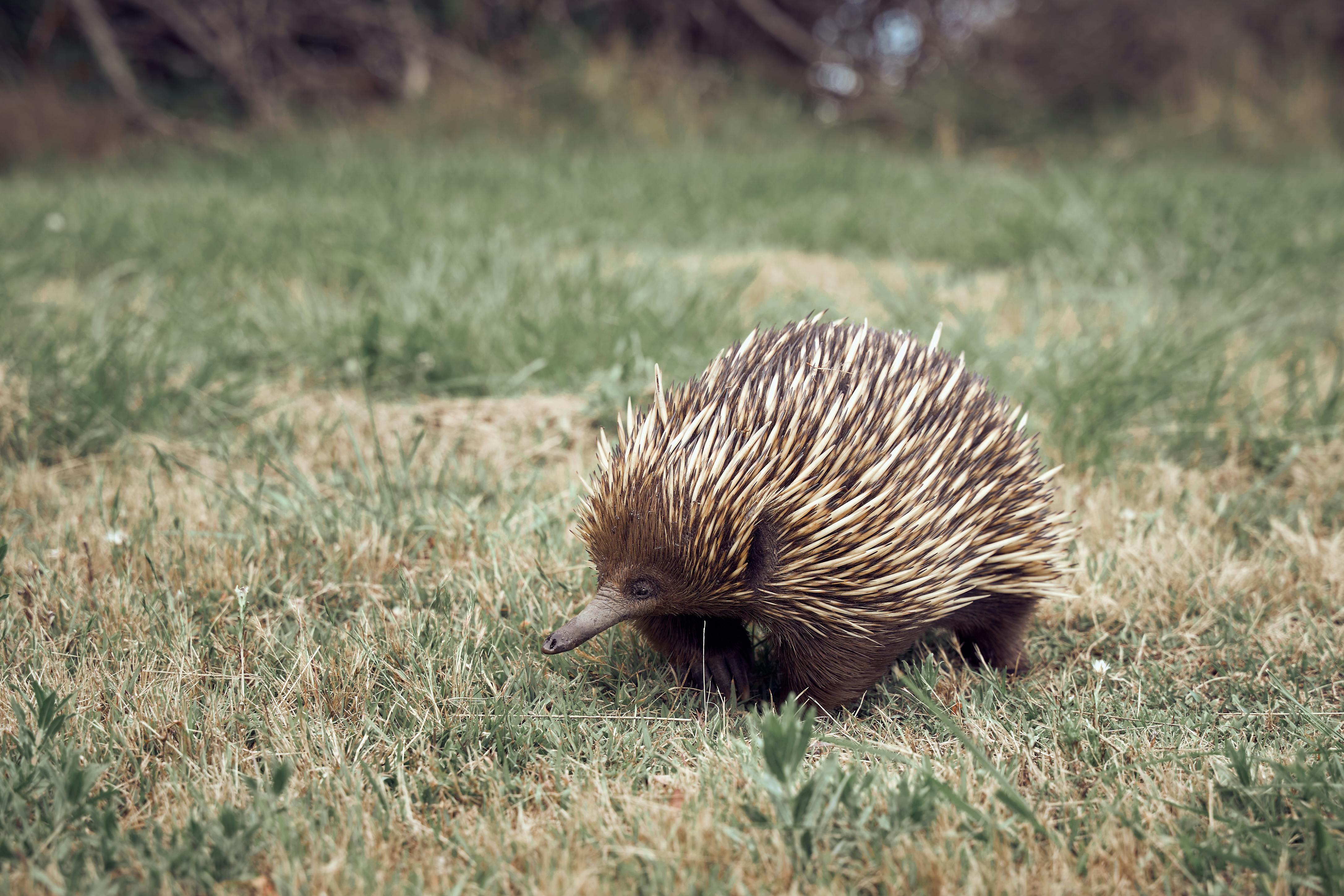Echidnas: Nature's Spiny Marvels
Discover the fascinating world of echidnas, Australia's unique egg-laying mammals. These prickly wonders have captivated scientists and animal lovers alike with their peculiar adaptations and ancient lineage. Join us as we delve into the secrets of these remarkable creatures, from their specialized diet to their surprising intelligence.

The Ancient Origins of Echidnas
Echidnas, along with platypuses, belong to a group of mammals known as monotremes. These egg-laying mammals diverged from other mammalian lineages over 200 million years ago, making them living fossils of sorts. Fossil records suggest that echidnas have existed in their current form for at least 20 million years, with their ancestors dating back even further.
The evolution of echidnas is a testament to nature’s adaptability. Over millions of years, these creatures developed unique features that allowed them to thrive in diverse habitats across Australia and New Guinea. From their spiny coat to their specialized snout, every aspect of the echidna’s anatomy tells a story of survival and adaptation.
Spines, Snouts, and Specialized Anatomy
One of the most striking features of echidnas is their coat of spines. These modified hairs serve as a formidable defense mechanism, protecting the echidna from predators. When threatened, an echidna can curl into a ball, presenting a prickly fortress to potential attackers.
Beneath their spiny exterior, echidnas possess a suite of remarkable anatomical features. Their elongated snout, or beak, houses a long, sticky tongue perfectly adapted for catching ants and termites. This specialized feeding apparatus allows echidnas to extract insects from deep within their nests, making them efficient insectivores.
The Enigma of Echidna Reproduction
Perhaps the most fascinating aspect of echidna biology is their unique reproductive system. As monotremes, echidnas lay eggs rather than giving birth to live young. This characteristic sets them apart from nearly all other mammals and provides a glimpse into the evolutionary history of mammalian reproduction.
The echidna mating process is equally intriguing. During breeding season, female echidnas are often pursued by groups of males, forming what’s known as an echidna train. After mating, the female lays a single egg, which she incubates in a temporary pouch on her belly. Once the egg hatches, the baby echidna, called a puggle, remains in the pouch for several months, feeding on milk secreted from specialized mammary glands.
Intelligence and Problem-Solving Abilities
Contrary to their primitive appearance, echidnas have demonstrated remarkable intelligence and problem-solving skills. Recent studies have shown that these spiny creatures possess cognitive abilities comparable to those of some placental mammals, challenging long-held assumptions about monotreme intelligence.
Researchers have observed echidnas using tools, navigating complex mazes, and displaying impressive memory skills. These findings suggest that echidnas have evolved sophisticated cognitive abilities to cope with their challenging environments and specialized dietary needs.
Conservation Challenges and Future Prospects
Despite their adaptability, echidnas face numerous threats in the modern world. Habitat loss, road accidents, and introduced predators pose significant challenges to echidna populations. Climate change also presents a growing concern, as rising temperatures may affect the availability of their insect prey and impact their reproductive cycles.
Conservation efforts are underway to protect echidnas and their habitats. Researchers are working to better understand echidna ecology and behavior, while wildlife rescue organizations provide care for injured or orphaned individuals. Public education initiatives aim to raise awareness about these unique creatures and promote their conservation.
As we continue to unravel the mysteries of echidnas, it becomes increasingly clear that these spiny marvels are more than just evolutionary curiosities. They represent a living link to our planet’s distant past and offer valuable insights into the diversity and resilience of life on Earth. By studying and protecting echidnas, we not only preserve a unique piece of natural history but also gain a deeper appreciation for the wonders of the animal kingdom.





